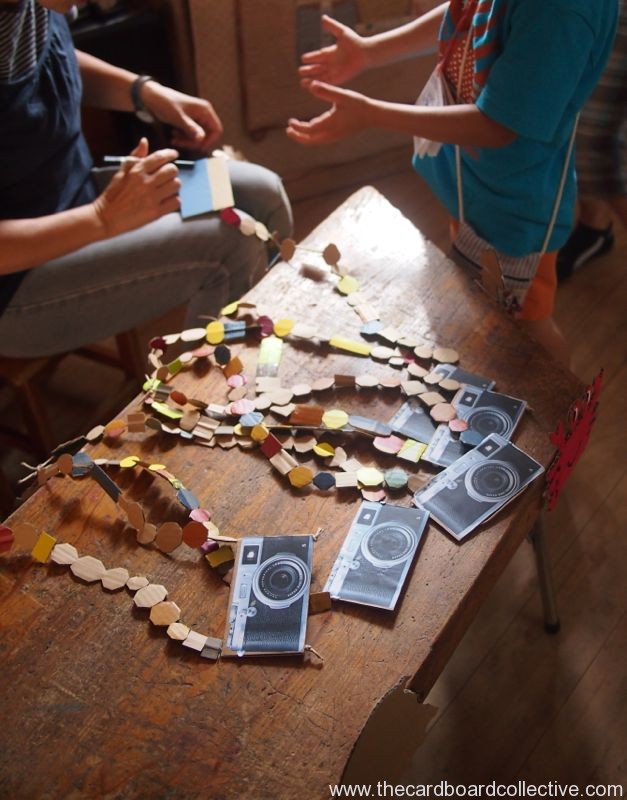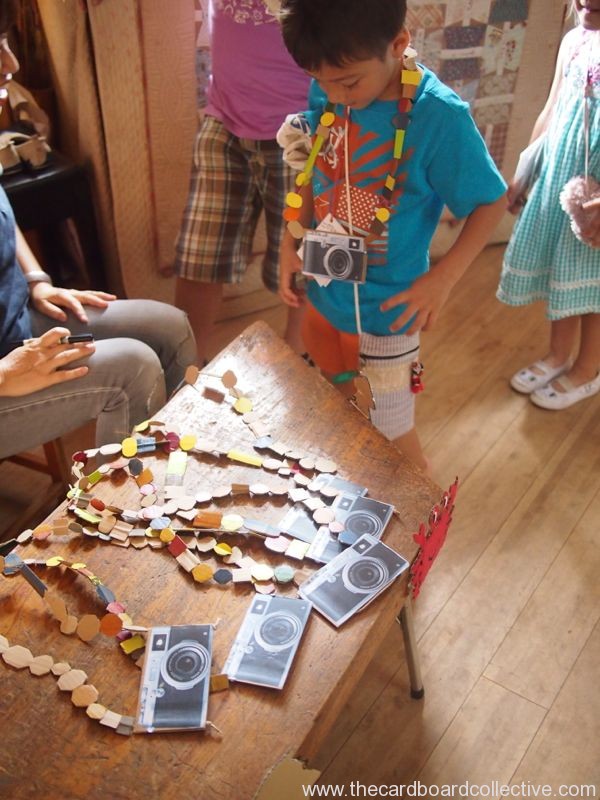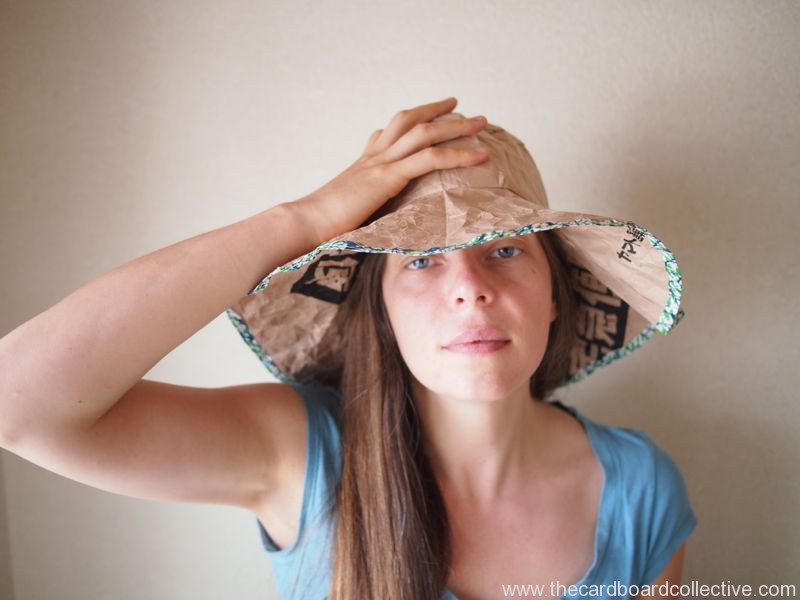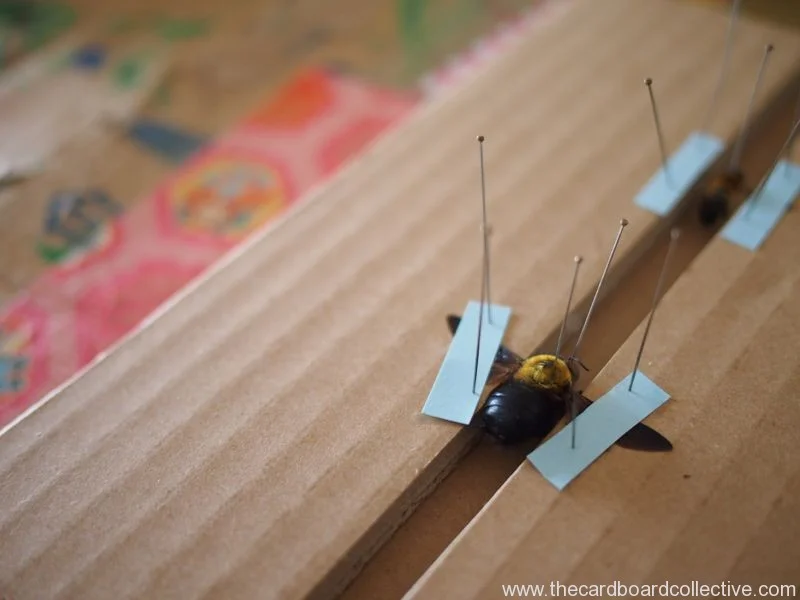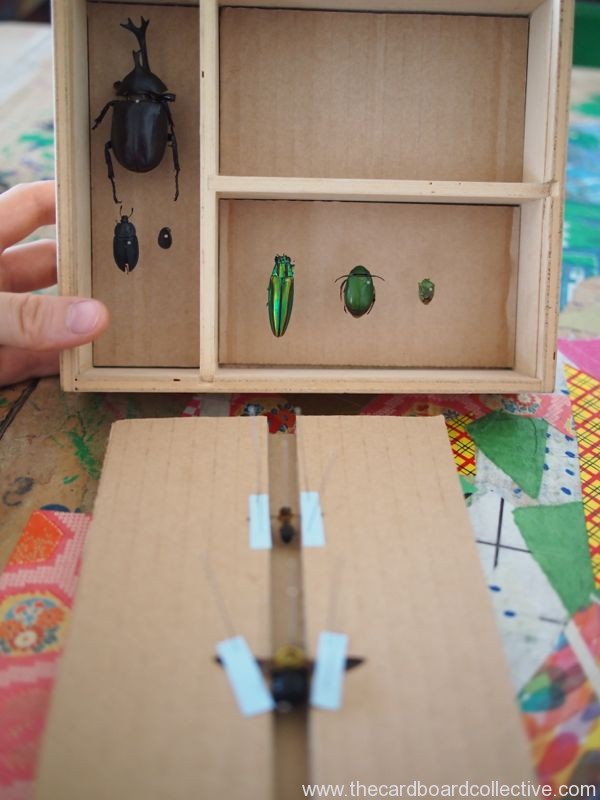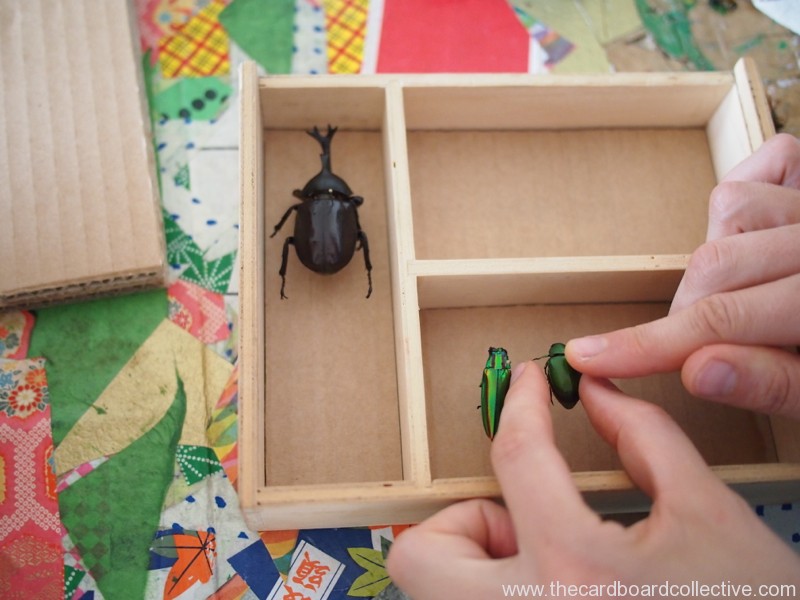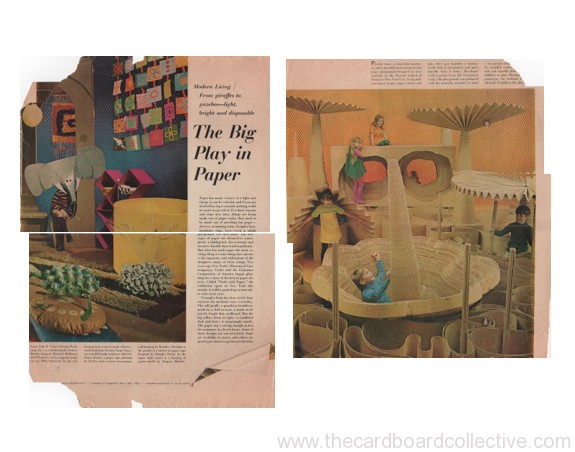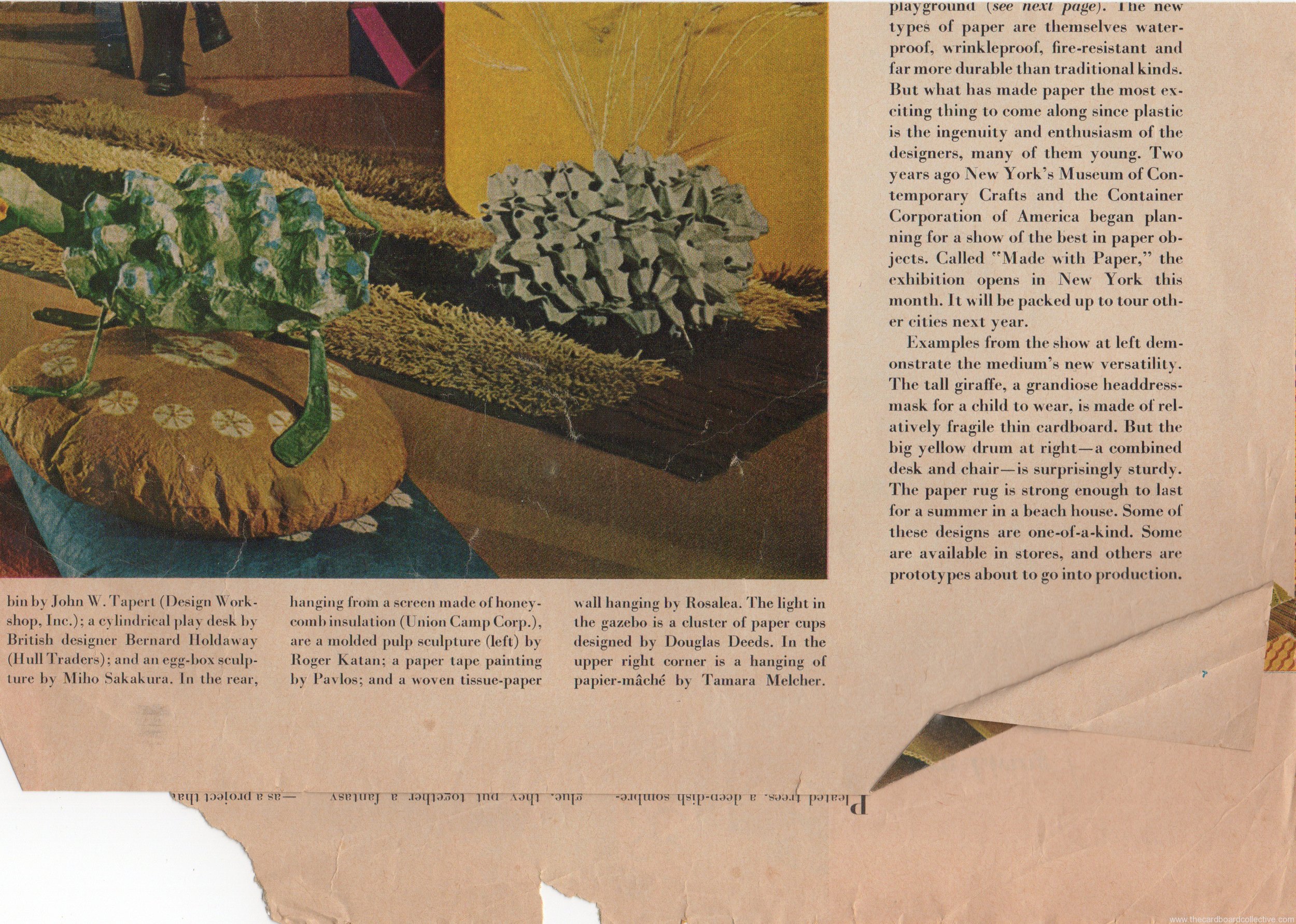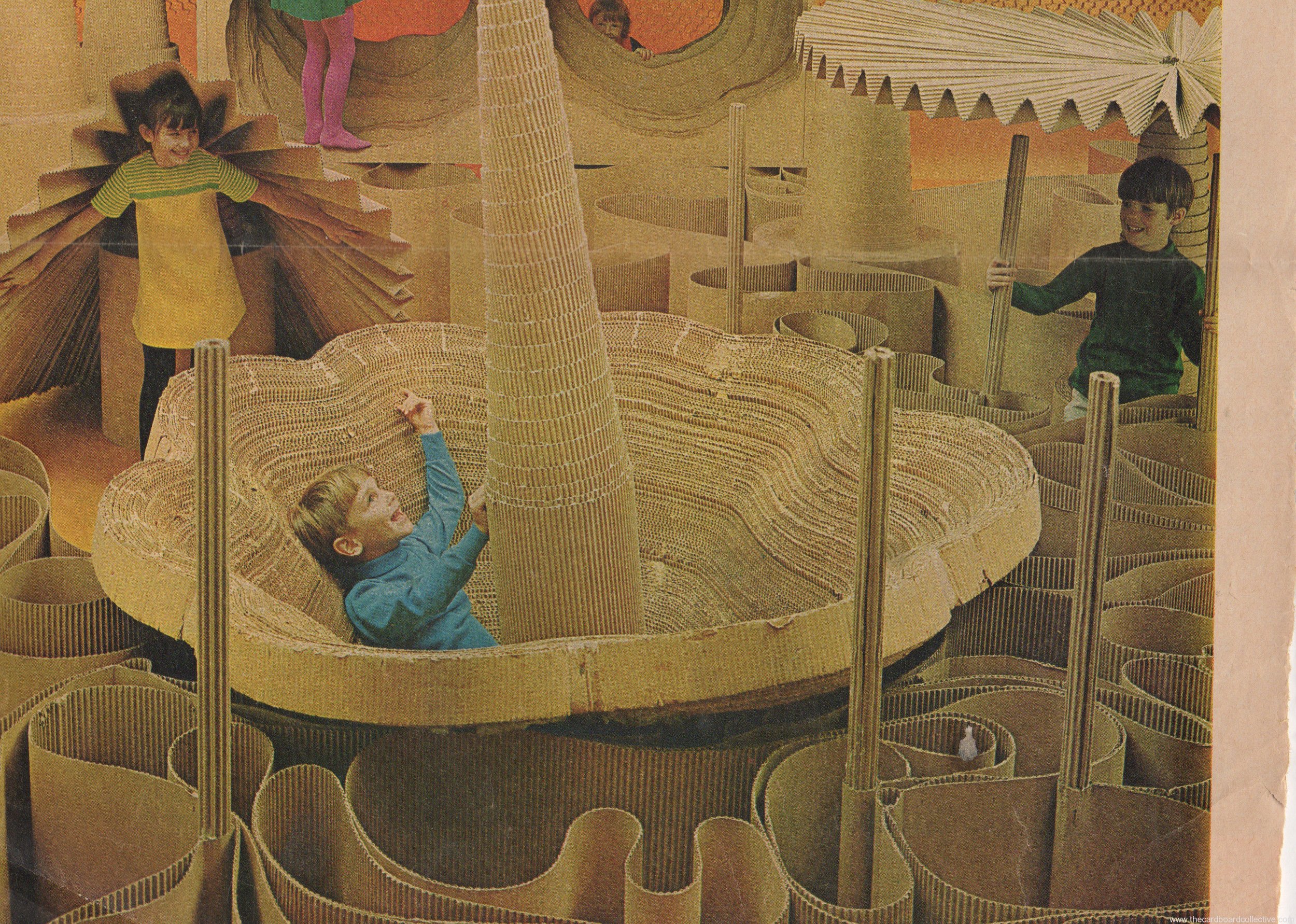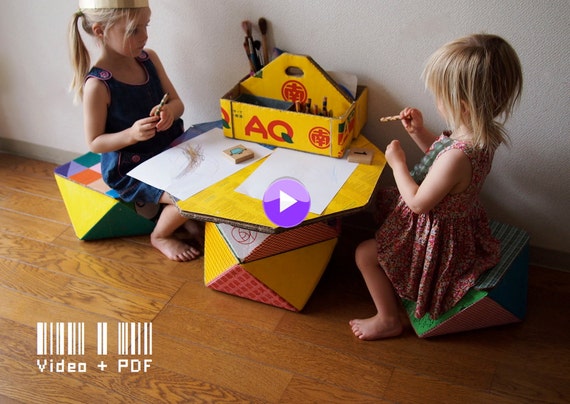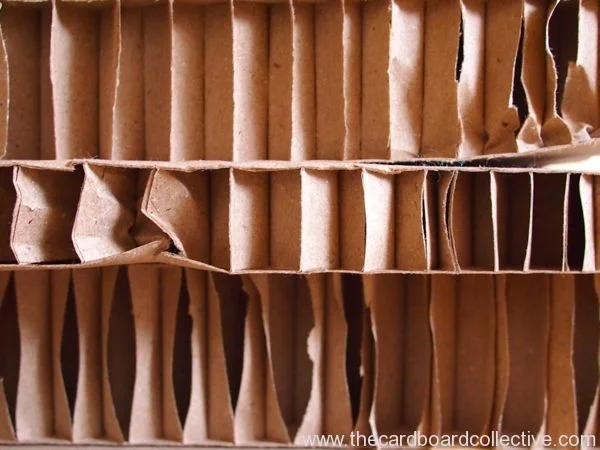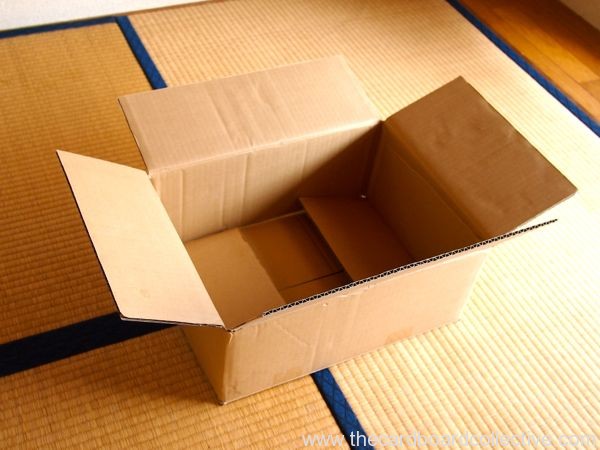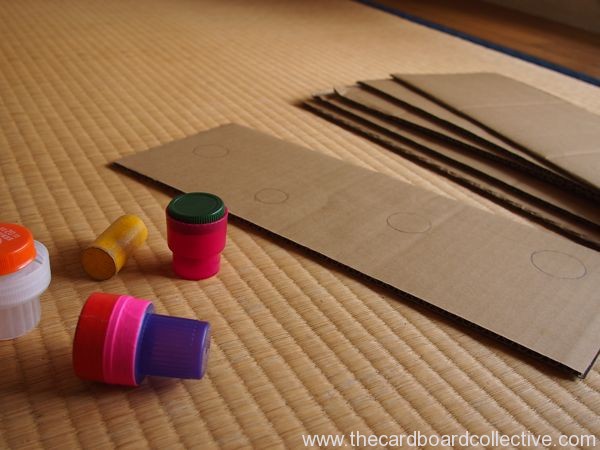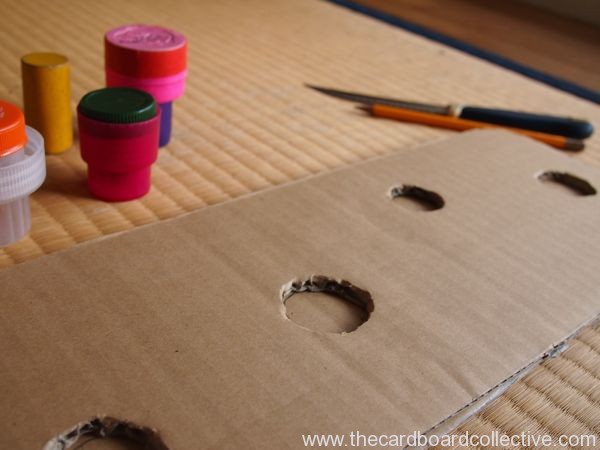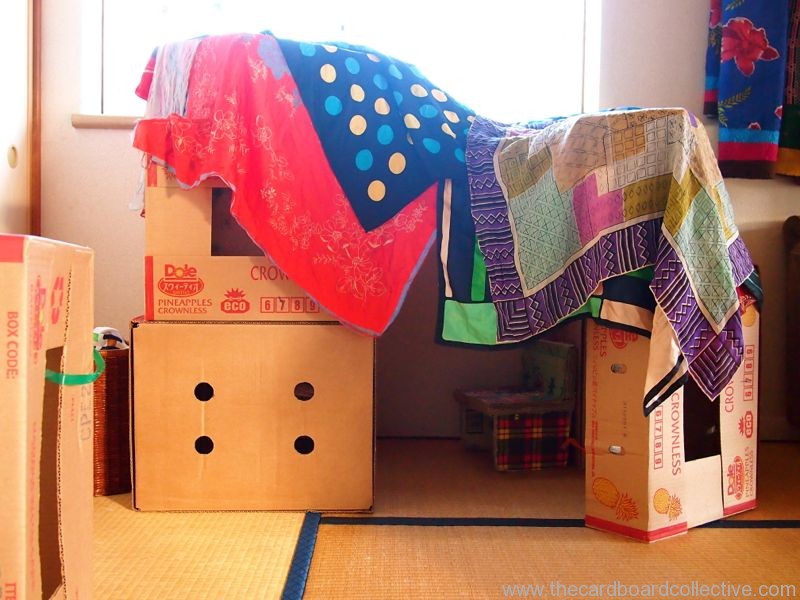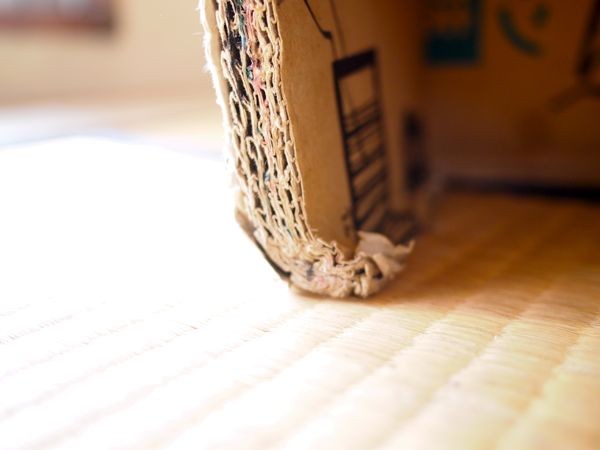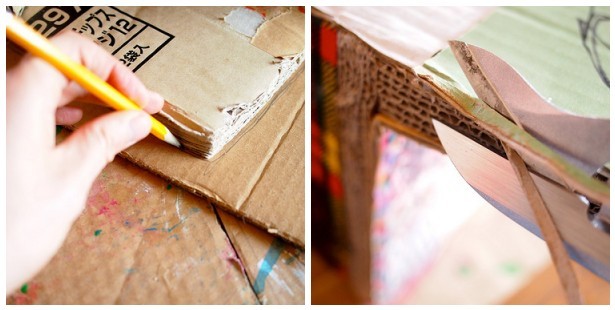
The Global Cardboard Challenge is here again! Will you be joining THE WORLD on October 5th, 2014 to either play or host an event?
For everything Caine's Arcade and The Global Day of Play, please be sure to check out The Imagination Foundation's excellent website and resources.
I'm also excited to be planning my own event in collaboration with a local adventure playground here in Tokyo! More information to come, but until then I want to share some of my insights from hosting 5+ events last year.......
*10 Tips for Cardboard Play Day*
1. It's all about the cardboard!
Provide a wide variety of cardboard! Shoe boxes, small boxes, over-sized boxes, cardboard tubes, and whatever other reclaimed materials you've collected all add to the diversity and creativity of what kids create.
A rule of thumb that I follow is 1 square meter of cardboard for every 20-30 kids
2.Don't let cardboard get unruly.
Cardboard + kids can = chaos!
Keep the cardboard upright if you can (as if each piece were a book on a book shelf.) That way there is thought in selecting the cardboard and it doesn't get kicked around and stepped on.
It's even more helpful to organize your cardboard by size. (Think of a lumber yard.) Kids often know what size materials they need and if the cardboard is organized then kids won't have to spend time rooting around through big piles to get what they want.
3. Give them tool boxes.
Tool boxes allow kids to be mobile and have everything they need to build whatever, wherever, with whoever.
A tool box can be as simple as a shoe box, or a cardboard six pack.
Provide a place that is clearly marked for kids to return tool boxes when they're finished working or ready to leave the play day.
4. Provide a secure area for kids to keep their stuff (i.e. coat check).
Kids easily loose track of their new friendship bracelet, cell phone, hooded sweatshirt, etc.
Create a place (as simple as a "drop" pile), or even better an informal system like a coat check, for keeping track of kids' things so they can focus on building and collaborating with their friends, and you can alleviate the hassle of having to help them search for their lost items.
5. Keep the organizer free.
If you are organizing a cardboard play day, recruit enough parent volunteers to assist kids so you're free to trouble shoot any problems that might pop up.
Parents get excited and often want to share or ask questions. If you're responsibility is to supervise kids, you may be torn between providing adequate supervision and having a great conversation with a future cardboard enthusiast.
It's also helpful to have a volunteer that is solely devoted to taking photos so you have some great shots for promoting your event next year.
6. Provide a theme/give permission
Telling kids that they can build whatever they want is exhilarating for some and overwhelming for others.
Providing a theme a invites collaboration and helps kids narrow their focus....
We're building a village....
We're building a cardboard maze....
We're making cardboard costumes....
We're making an arcade....
It's a cardboard ocean!
Some kids need permission to create and many just want to be told it's OK to be creative and let loose. Indulge them! This is their time to think big and we want to encourage them in any way we can.
7. Give kids real tools.
It's important to gauge your audience, (parents kids and the host institution) when deciding what kind of tools you're going to make available to participants. I prefer to always give kids "real tools" as opposed to dumbed down versions that can cause frustration. In the real world, however that's not always possible.
If kids are only allowed to use safety scissors and plastic saws, try arming your adult volunteers with more professional tools that can help finish the job. These are the tools I've found to be most effective and in my opinion entirely kid-friendly, but they require instruction and adult supervision:
Phillips head screw driver
scissors
cordless drill
8. Use reusable fasteners.
To build really cool, big stuff out of cardboard you need some kind of fastener to hold everything together. (tape and hot glue just don't cut it!) There are 3 that stand out in my opinion, based on their re-usability AND functionality.
MakeDo
re-usable zip ties
nuts and bolts
All of these fasteners have different price points and advantages and disadvantages, so I really recommend getting a few of each and test driving them at home before your event.
It's really helpful to show participants how the fastener you're using works when kids arrive, so keep some supplies in your pocket to quickly demonstrate as you greet new arrivals.
9. Have an exit strategy.
Sometimes kids are so excited at cardboard play day, they can't stop building! Givie kids a heads-up starting 30 minutes before cleanup, so they can get focused on completion and get ready to say goodbye to their creations.
Make sure you have a plan for recycling your cardboard. I was once left in a terrible position at a play day, when the organization that donated the cardboard said they could no longer take it back! I had to haul it all back to my home by bike and then put it out for recycling over a course of several weeks!
If you haven't prearranged volunteers for cleaning up and bundling cardboard at the end of your event, a clipboard signup is handy when participants arrive and usually provides you with enough hands to finish the job.
10. Get feedback.
This is something new I'm hoping to try this year; a one sentence question for kids as they're cleaning up or heading out.... you could also try a paper-pencil survey or even a simple high five?
What would you build next time?
Is it more fun to work by yourself, with your mom and dad, or with a friend?
What was the best part about today?
Have you ever made/built something like this? Why/Why not?
See you next year?










